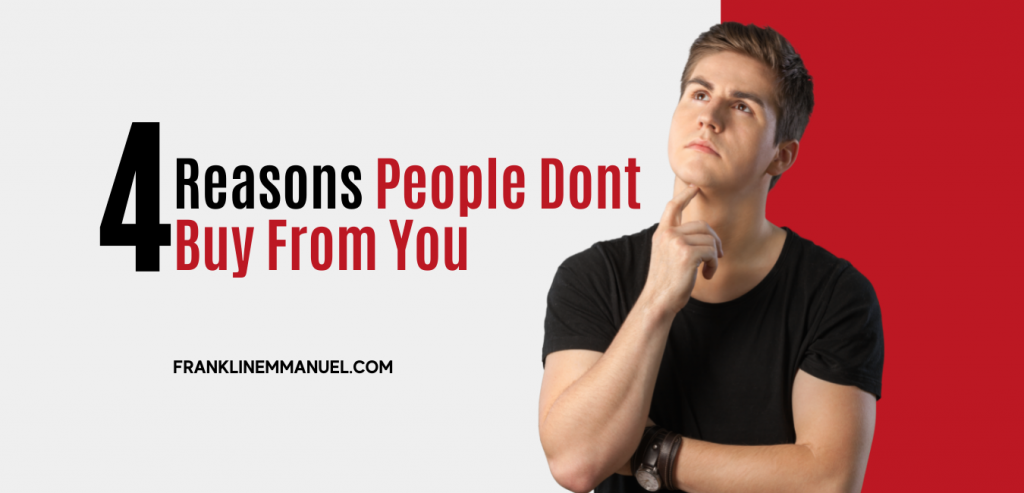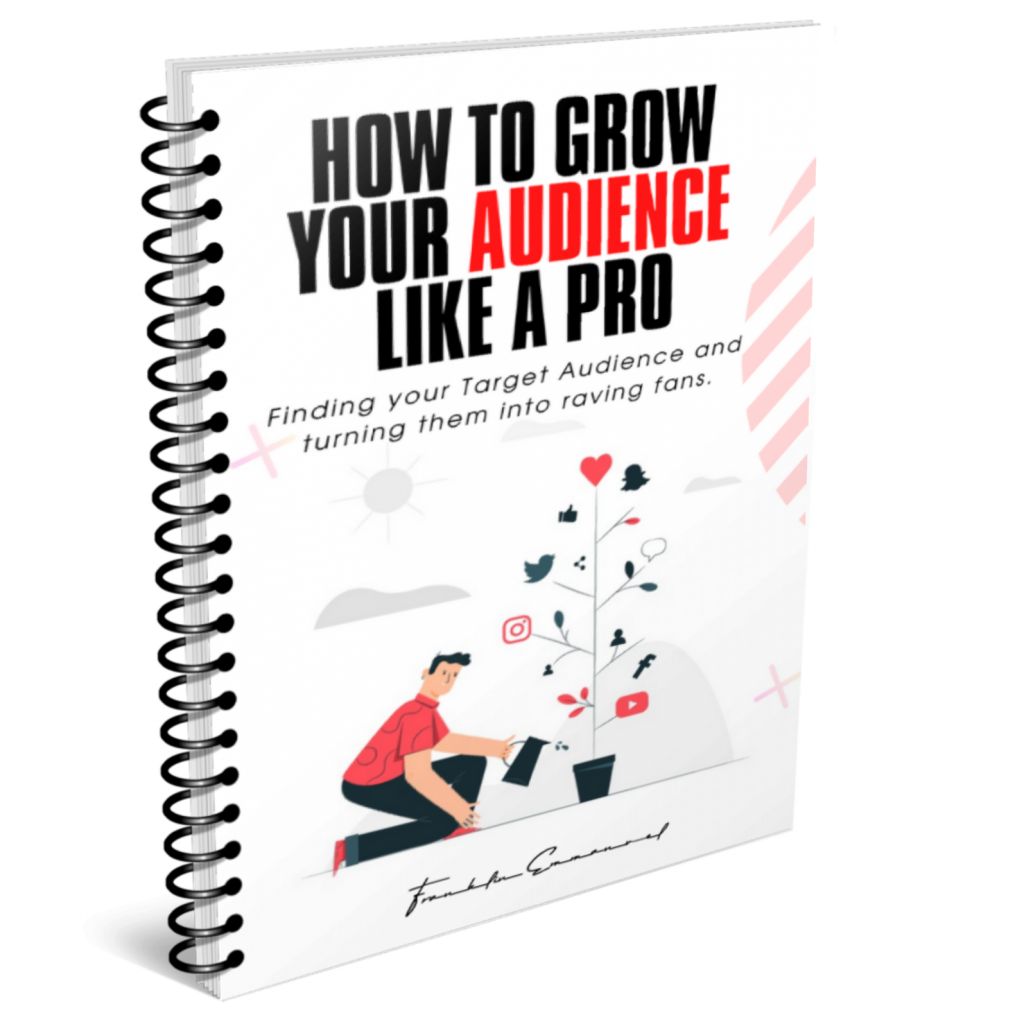“Let me think about it and get back to you….” or the customers added to the cart but didn’t complete the purchase.
How many times do you need to experience that before you make a sale? Three? Ten? Twenty?
The truth is it’s not about your products or services. It’s about the way you sell them. You see…customers need to feel confident when they buy. They need to know, before pulling out their credit cards, that their investment is worth every penny.
To help them feel confident about their purchase, you need to know the basic objections that stop them from buying and tackle them definitively. With that being said, here are the 4 unspoken reasons why people don’t buy from you.
Here are the 4 Reasons People Dont Buy From You
1. Time
People are always busy. Time is their biggest constraint when it comes to making a purchase. One of the biggest objection that exists in your customer’s mind would be,
“ Does it take time to learn how to use this product or does this service take time to give me what I need?”
When it comes to time, you have to know that people value it more than money. They might say they value money but time is what they value most. They trade time for money after all. So if you want to sell better, tell them your products or services are time-efficient.
In your sales presentation or your copy, time objection is a must to handle. The best way to handle objections in regards to time is a Done-For-You kind of value proposition. You’re offering to have everything done for your customers. That’s an irresistible offer if you’d ask me.
2. Cost
This is a different kind of cost. There’s a deeper consideration to cost than just the price tag. We’re talking about the overall cost to own a product or service. Let me give you an example.
Say the price of an electrical product is $150. Since it’s an electrical product, we would factor in the electric consumption cost as well as the maintenance cost. We would then compare the product with our current product or similar products with similar features and functionalities.
This is what it looks like inside your customers’ minds. And it becomes an objection, not because of the qualitative figure of the cost but the absence of a good breakdown of the cost. A cost breakdown helps the customer think and compare. Therefore, simplifying the decision-making process.
We all know what happens when the customer is confident with their decision. They buy.
3. Effort
This ties back to #1. Your customers are busy people. That’s one thing you should keep in mind at all times. With that being said, take a look at your product or service. Do they need a lot of time and effort to learn how to use them?
People pay for a solution that could help them solve their problems. Your job is to make your product or service as convenient as possible for your customers so they pay you. They aren’t going to invest in something that would take away their time and energy from the things that really matter to them.
Just think about it. People pay for something to gain some things. Be it time, money, or effort. If your product or service is complicated, it will take time and effort to learn how to use it. We know time is money. You’re taking away things from your customers and they can sense that.
Give them something that is easy and convenient to use. You can charge higher as long as it gains them something they can never take back. Like time and effort. Intuitive, convenient products and solutions are the best-sellers across industries.
4. Confidence
This is a big one. Buyer’s confidence is the name of the game. Whoever provides the ultimate confidence to their buyers dominates the market. It’s easier said than done but it’s achievable. The best way to achieve this is to be the thought leader of the market. And to be a thought leader, digital content is key.
Whatever your strategy is…you have to be a thought leader. Why? Customers trust and look up to brands with higher authority and credibility. It gives them confidence in your brand. As I mentioned, whoever provides the ultimate confidence to their buyers dominates the market. Take a look at Nike. They don’t sell their products. They exert authority and credibility through various marketing strategies. And that leads to market dominance.
Plus, buyers’ confidence smoothens the checkout process. It’s a hundred times easier to sell when they already know, like, and trust your brand. Whatever marketing strategies you deploy, always keep your customers in mind. Do things that increase your brand authority and credibility in the long run. You’ll reap what you sow.
Wrapping up
People don’t buy because of objections. To figure out their objections, reverse engineer and refine your strategies. Look at things from a 30,00-foot view. Most of the time, you’ll find certain things require tweaking before they take off. So start with the end goal and work backward.







